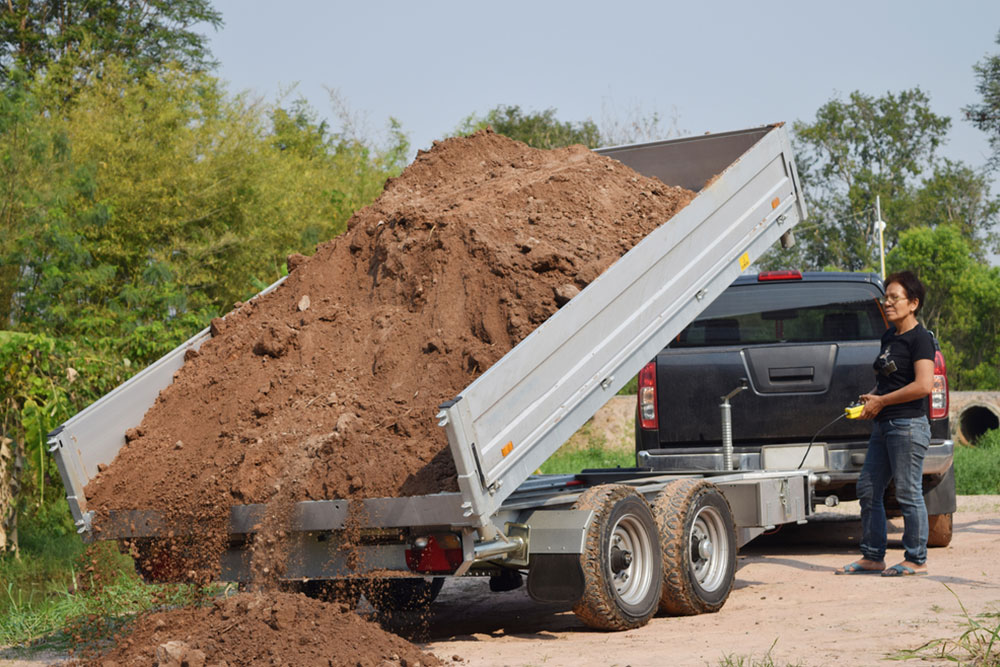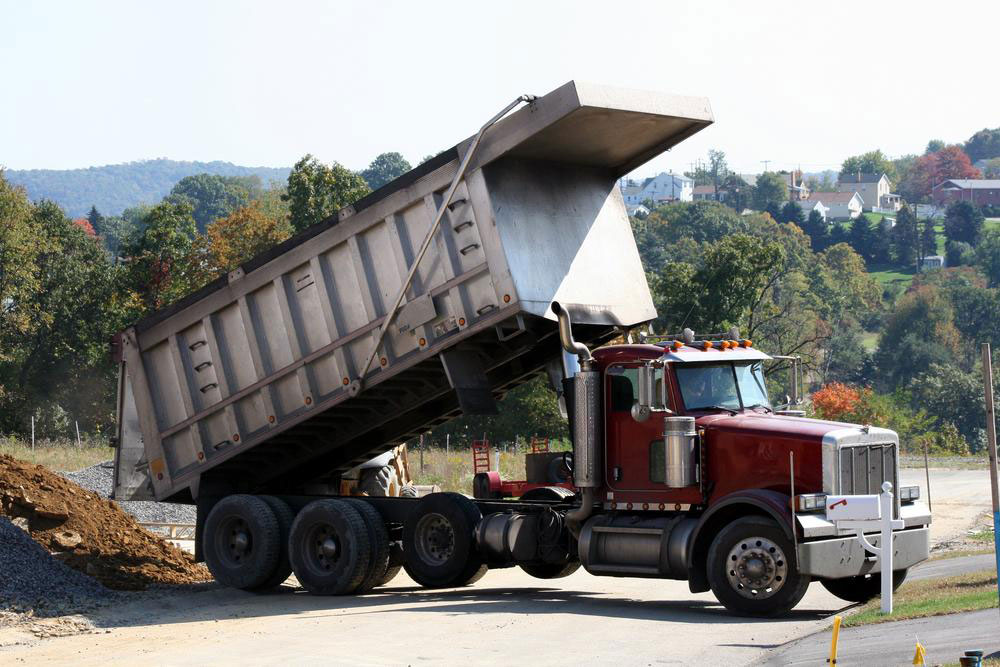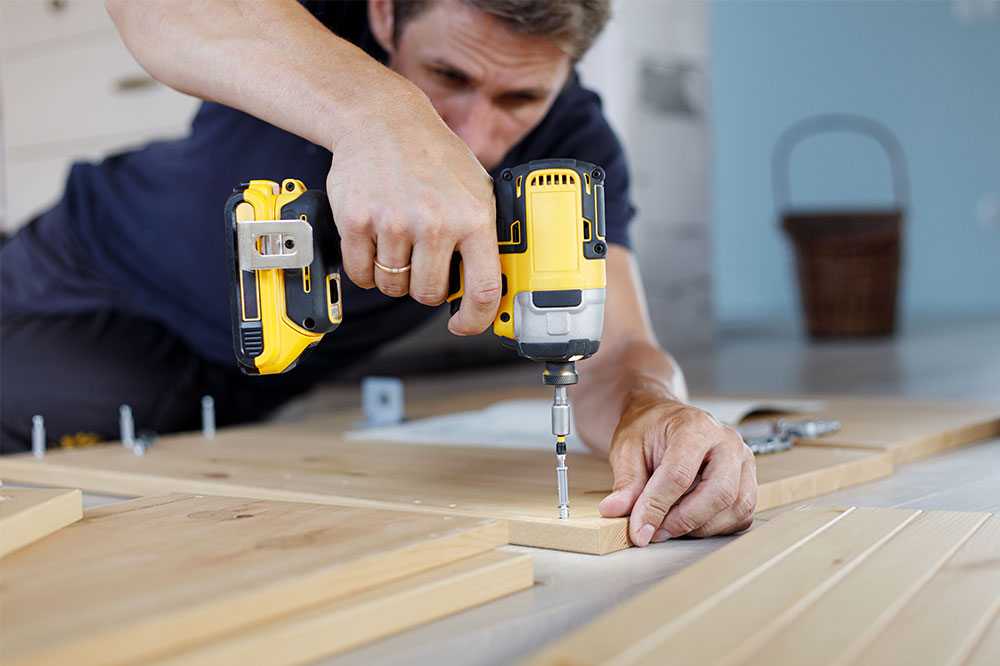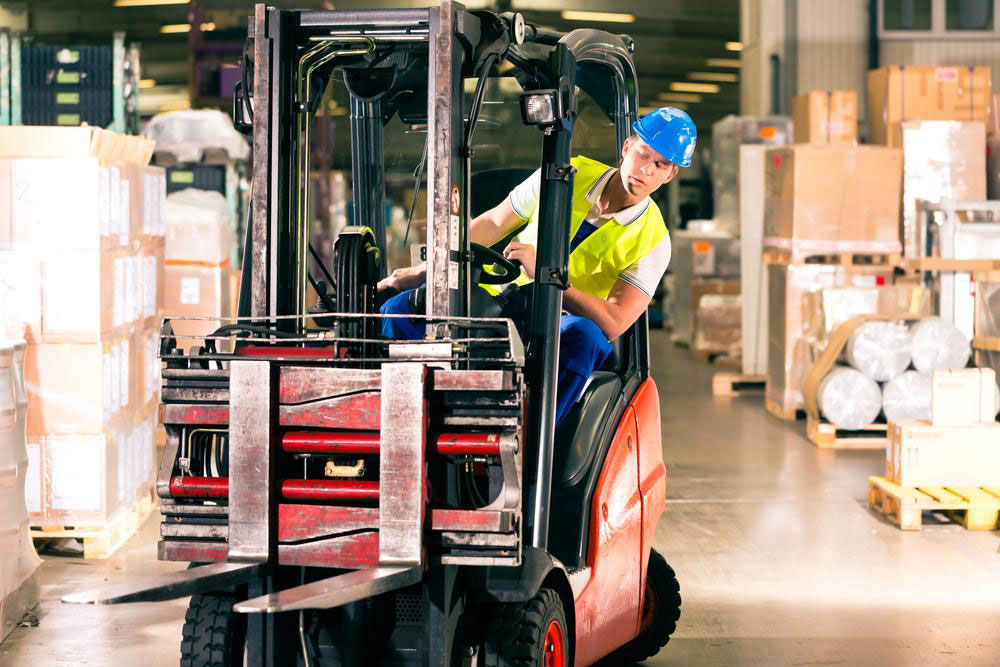Choosing the Best Dump Trailer: End vs. Side Models for Your Construction and Mining Projects
This comprehensive article explores the critical differences between end dump and side dump trailers, helping construction, mining, and heavy-duty operators select the best equipment based on project needs, region, and safety considerations. Covering design, capacity, maneuverability, applications, and safety, it provides valuable insights to optimize operational efficiency and cost-effectiveness in heavy materials handling.
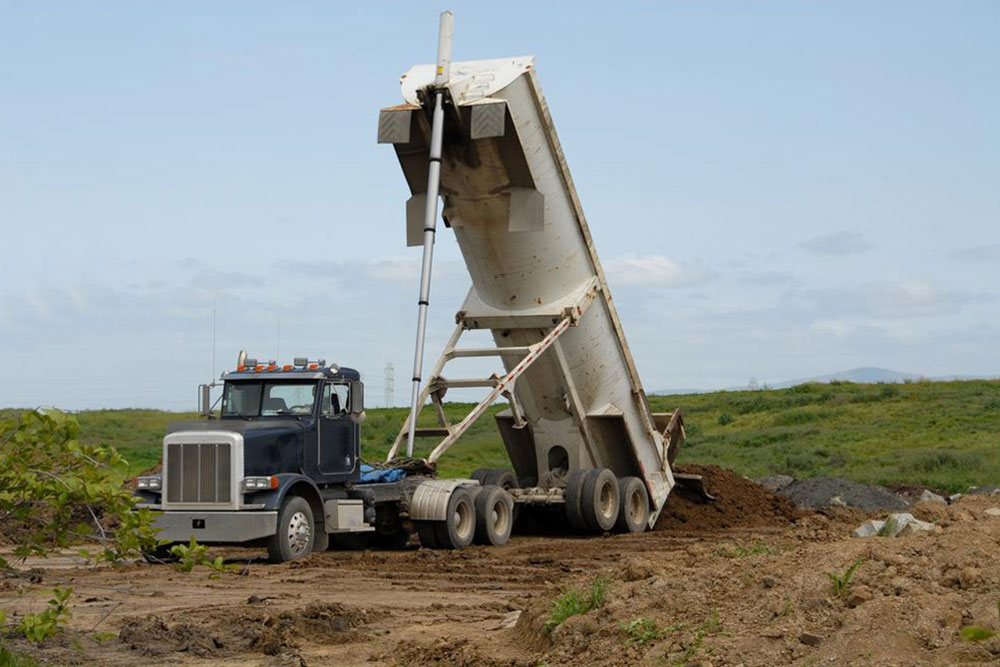
Choosing the Best Dump Trailer: End vs. Side Models for Your Construction and Mining Projects
Selecting the right dump trailer is a crucial decision for professionals in construction, mining, agriculture, and heavy-duty material handling. Two prominent types dominate the market: end dump trailers and side dump trailers. Each offers unique features, advantages, and limitations that can significantly influence your operational efficiency, safety, and costs. Understanding the key differences between these two models helps in making an informed choice aligned with your specific project requirements, regional factors, and budget considerations.
When evaluating dump trailers, it is essential to consider factors such as payload capacity, maneuverability, durability, safety, and application appropriateness. Let’s delve into a comprehensive analysis of each type, highlighting their characteristics, typical uses, advantages, and ideal scenarios to help you select the most suitable trailer for your needs.
End Dump Trailers: Features, Benefits, and Best Use Cases
Design and Construction
End dump trailers are characterized by their traditional tipping mechanism, where the load is discharged from the rear. These trailers are often constructed with reinforced steel, offering robustness and longevity. Although lighter aluminum models exist, steel variants are preferred for their superior strength, especially when hauling heavy and abrasive materials. The build quality directly impacts their durability, longevity, and resistance to environmental wear and tear.
Payload Capacities
With higher bed walls and reinforced sides, end dump trailers support larger payloads. They are capable of handling substantial volumes of bulk materials such as sand, gravel, crushed stones, and demolition debris. Their capacity makes them ideal for large-scale construction projects, roadworks, and mining operations where high load capacity translates to fewer trips and increased efficiency.
Maneuverability and Accessibility
End dump trailers excel in tight and confined spaces, thanks to their straightforward tipping mechanism and compact turning radius. These features are beneficial on congested job sites or areas with restricted maneuvering space, allowing operators to position trailers quickly and unload materials efficiently without extensive reconfiguration.
Safety and Stability
While the design offers operational advantages, end dump trailers can be more prone to tipping, especially in uneven terrains or if overloaded beyond capacity. This increased tipping risk necessitates rigorous safety protocols and sometimes higher insurance premiums. Proper load distribution and cautious operation are vital to maintaining stability and safety during unloading.
Typical Applications
End dump trailers are extensively used in construction sites for tasks such as roadbuilding, site excavation, snow removal, and aggregate distribution. Their ability to efficiently handle large volumes of loose materials makes them the preferred choice in the eastern regions, where infrastructure projects are often extensive and demand high-capacity hauling. Their rugged design ensures reliable performance in demanding environments.
Side Dump Trailers: Features, Benefits, and Best Use Cases
Construction and Structural Durability
Side dump trailers are designed with robustness and reliability in mind. They typically feature reinforced steel frames and bed structures capable of withstanding heavy loads across diverse terrains. Their strength makes them suitable for hauling challenging materials, including large rocks, riprap, and other heavy, irregularly shaped objects.
Maneuverability and Flexibility
Unlike end dump models, side dump trailers are less suited for tight spaces due to their wider turning radius and unloading mechanism that requires clear side access. However, they thrive in open areas, such as mining sites, levee construction zones, and large excavation projects. Their design allows for quick and efficient unloading by tilting the side panels, which facilitates unloading in areas with limited rear space or obstacles.
Cost-Effectiveness and Stability
One of the key advantages of side dump trailers is their enhanced stability during unloading operations, reducing the risk of tipping. They usually attract lower insurance premiums owing to their safer operation, which results in long-term savings. Additionally, their design supports complex multi-trailer setups, enabling higher efficiency when used in large-scale operations requiring multiple units working together.
Applications and Regional Popularity
Side dump trailers are commonly deployed in mining, excavation, and heavy construction projects such as levee and embankment work. They are particularly effective when hauling heavy, dense materials like boulders, riprap, and large aggregates. While their aluminum variants are lighter, they may be more susceptible to dents from heavy rocks, so selecting appropriate materials based on application is essential.
Regional Preferences and Operational Considerations
Side dump trailers are more popular in western and Midwestern regions, where open-space projects and large-scale mining operations prevail. Their design offers advantages suited to these environments, promoting efficiency and safety. When choosing a trailer type, regional terrain, project scale, and material type should inform the decision-making process.
Making an Informed Choice: End vs. Side Dump Trailers
Understanding the core features, advantages, and limitations of both end and side dump trailers enables operators and project managers to select equipment that maximizes productivity, safety, and cost-efficiency. Factors such as project scope, material type, site accessibility, and regional terrain must all be considered to make an optimal choice.
In summary, end dump trailers excel in confined spaces and high-capacity workloads, making them ideal for construction and aggregate hauling in eastern regions. Conversely, side dump trailers offer superior stability, flexibility, and safety in open areas, especially suited for mining and large project sites in western and Midwest regions. Assess your operational needs carefully to choose the trailer that complements your workflow and meets your safety standards.
